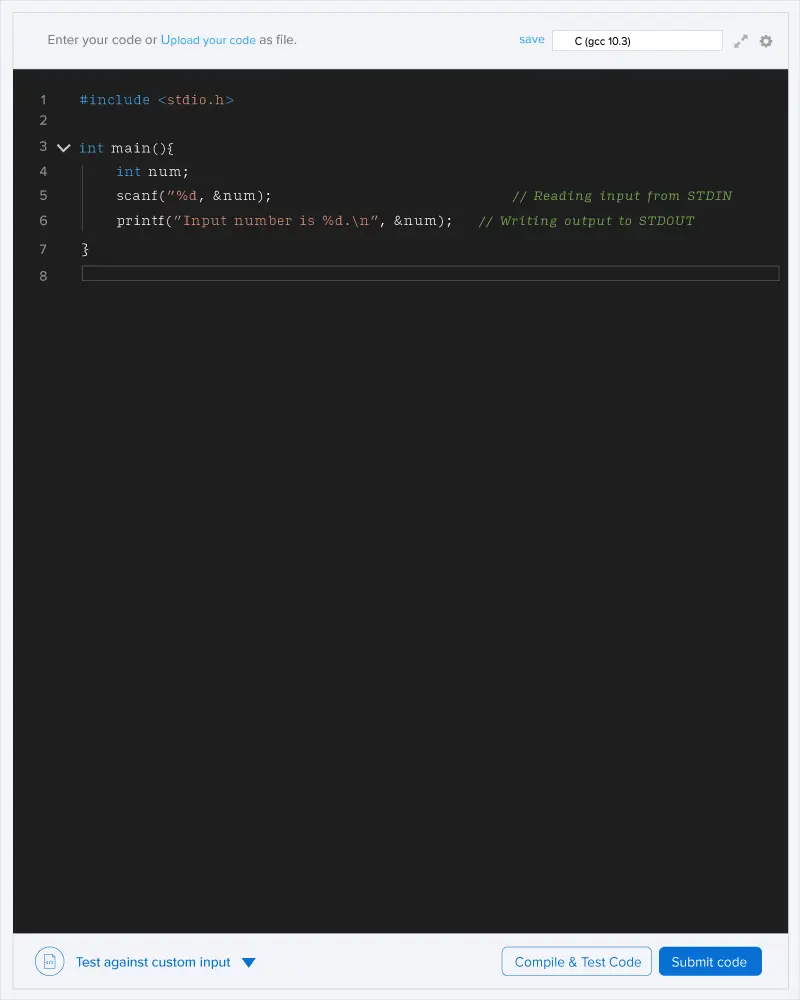There are a number of computers which are connected to each other. Each computer has a storage capacity which can be used to store data. When a computer is connected to another, they form a set of computers and the storage capacity of the set is the sum of the storage capacities of the computers in the set. You are given the set of connections between the computers by the arrays connections_from and connections_to (The connections are bi-directional). The initial storage capacities are denoted by storage[storage[0],...,storage[connections_nodes-1]]. Also, you are given a threshold of storage capacity. After every connection, you are required to find the number of sets of computers which have storage capacity less than or equal to threshold. Note: Initially there are no connections between the computers and each computer can be considered as a set with 1 computer. For example, connections_nodes = 3. storage = {2, 3, 6}, connections_from = {0, 0, 2}, connections_to = {1, 2, 1}, threshold = 6. After 1st connection {0, 1}: {5, 6} (2 values are less than or equal to 6) After 2nd connection {0, 2}: {11} (no value is less than or equal to 6) After 3rd connection {2, 1}: {11} (no value is less than or equal to 6) Return a array containing the answer after each connection. Function Description Complete the function getStorage in the editor below. The function must return a vector. getStorage has the following parameter(s): connections_nodes: an integer denoting the number of computers connections_from: an array of integers denoting the ith connection connections_to: an array of integers denoting the ith connection storage: an array of integers denoting the initial storage capacities threshold: an integer Constraints 1 ≤ connections_nodes ≤ 105 1 ≤ connections_edges ≤ min( (connections_nodes) * (connections_nodes-1)/2, 105)0 ≤ connections_fromi, connections_toi < connections_nodes 1 ≤ storagei ≤ 104 1 ≤ threshold ≤ 109 The graph does not contain a self-loop or multiple edges between two nodes. Input Format For Custom Testing The first line contains 2 space-separated integers, connections_nodes and connections_edges, denoting the number of computers and number of connections respectively. Each line i of the connections_edges subsequent lines (where 0 ≤ i < connections_edges) contains 2 space-separated integers describing connections_fromi and connections_toi. The next line contains an integer, connections_nodes, denoting the number of elements in storage. Each line i of the connections_nodes subsequent lines (where 0 ≤ i < connections_nodes) contains an integer storagei. The last line contains the integer threshold. Sample Case 0 Sample Input For Custom Testing 5 3 0 1 1 4 0 4 5 1 2 3 45 4 Sample Output 3 2 2 Explanation Initial storage capacities: {1, 2, 3, 4, 5} After 1st connection {0, 1}: {3, 3, 4, 5} (3 values are less than or equal to 4) After 2nd connection {1, 4}: {3, 4, 8} (2 value is less than or equal to 4) After 3rd connection {0, 4}: {3, 4, 8} (2 value is less than or equal to 4) Sample Case 1 Sample Input For Custom Testing 3 2 0 1 1 2 3 1 2 3 4Sample Output 2 0 Explanation Initial storage capacities: {1, 2, 3} After 1st connection {0, 1}: {3, 3} (2 values are less than or equal to 4) After 2nd connection {1, 2}: {6} (no value is less than or equal to 4

